This is the exact house temperature your thermostat should be to stop damp, mold, and condensation
Our HVAC experts reveal the perfect temperature


As surprising as it may sound, keeping your thermostat in winter at a consistent temperature is an effective way to reduce the risk of damp, mold and condensation in your home, without significantly impacting your energy bills.
In fact, HVAC pros suggest doing so will not only keep your home nice and cozy, but ensure you won't overwork your thermostat through the colder months, while combating dreaded mold, mildew, and musty odors at the same time.
Here, we spoke to our energy and heating experts for their tips on the best temperature for a thermostat in winter, and why you should be keeping yours between 68-72° Fahrenheit at all times.
Why you should keep your thermostat at a consistent temperature
Josh Mitchell, HVAC technician and owner of AirConditionerLab explains, 'Dampness and mold grow in areas where moisture is present on surfaces, and this usually happens when temperatures change and cause condensation to form.'
For example, when the temperature in a room drops, moisture in the air may settle on cooler surfaces, leading you to wonder how to get rid of condensation inside windows, and on walls. Condensation inside windows can be bad if left untreated, leading to mold and damaged seals.
'To prevent this, it's important to maintain the best temperature for a room,' continues Mitchell. 'Keeping the temperature stable reduces the chance of condensation forming, which helps control moisture,' preventing common types of household mold from thriving.
Mitchell clarifies that letting the temperature of your home drop too low overnight or during the day can create cool spots, where moisture condenses, while keeping temperatures steady prevents these cool spots from forming. This, therefore, helps avoid dampness and mold-friendly conditions.
'This approach is particularly useful in colder climates, or in homes with older windows and insulation, where surfaces are more prone to cooling down quickly,' he adds.
It is advisable to avoid this however, if your home is poorly insulated, or you have a particularly old heating system as running it constantly may cause it to overwork whilst not retaining it well. It also helps to know where a thermostat should be placed for accurate readings.
All prices correct at the time of publication.

This thermostat features precise temperature control, with a temperature range limit to easily set minimum cooling and maximum heating settings.
What temperature to set your thermostat to
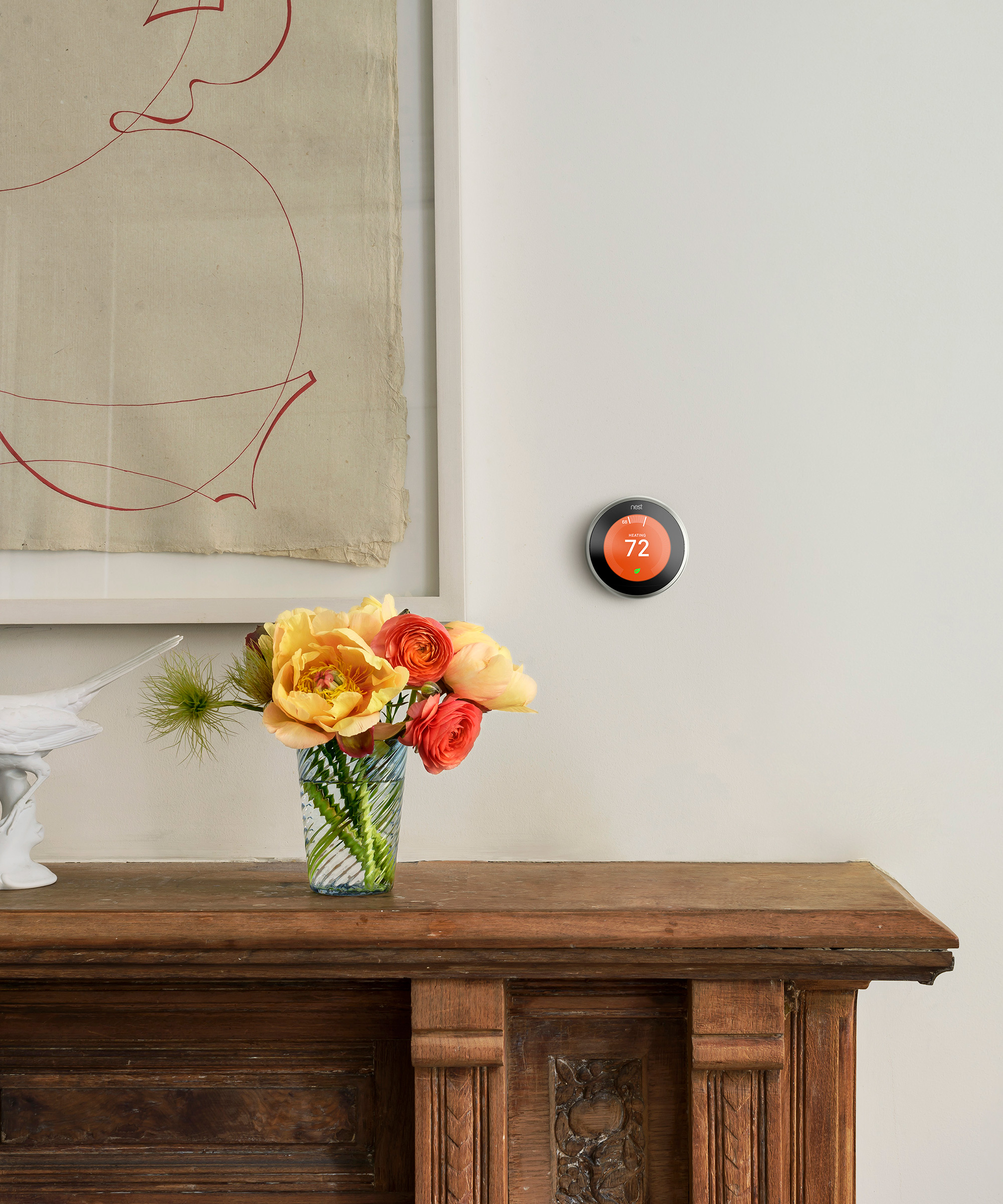
To avoid any common thermostat mistakes, experts warn that your thermostat shouldn't be set too low, but it also shouldn't be set too high, either.
To get it right, Elizabeth Reilly from GreenSavers, 8-time ENERGY STAR Contractor of the Year, advises, 'For most homes, setting the thermostat between 68-72° Fahrenheit (20-22° Celsius) will work well to balance comfort, energy-efficiency, and to keep dampness and mold at bay.'
When considering the ideal temperature to set your thermostat on when on winter vacation, this should be lowered slightly, to approximately 59-60˚F. This will ensure your home retains necessary warmth, while making it quicker and easier to bring it back up to temperature when you return home.
Why this method is energy efficient

We're all looking for ways to cut energy bills, and cheap ways to stop mold, and this method can actually save energy in the long run, while reducing the risk of damp, mold and condensation, says HVAC expert Josh Mitchell.
'Letting your home cool down too much forces your heating system to work harder to restore the temperature, especially in well-insulated homes,' he warns.
In fact, studies from the U.S. Department of Energy suggest that keeping your thermostat steady can reduce overall energy usage by 5 to 10 per cent, depending on your system's efficiency and the weather. This is because keeping your home at a consistent temperature means your heating system only has to make minor changes as outdoor weather fluctuates, reducing the strain on the system.
On top of that, according to Bill Taylor, HVAC contractor manager at South Jersey Gas and Elizabethtown Gas, investing in a smart thermostat is 'one of the best ways to conserve energy,' while keeping mold at bay
He says, 'Whether you're an early adapter or late to the game, technology continues to revolutionize how we live our lives in countless ways. A smart thermostat is a Wi-Fi enabled device that automatically adjusts heating and cooling temperature settings in your home for optimal performance from a phone, tablet, or smart speaker.
'Another big benefit? The flexibility and customization! Smart thermostats can adjust the temperature based on your lifestyle and schedule from anywhere, at any time.'
If you're interested in making a smart thermostat one of your smart home must-haves, Taylor recommends installing it properly, with the help of an expert to get you started, and tracking your heating habits. 'The smart thermostat can track usage and habits and identify areas where you can reduce energy,' he says. 'By monitoring usage, you can identify patterns and adjust your thermostat settings accordingly to optimize your energy usage moving forward.'
Importantly, though, Shawn McLaughlin, CEO of Emporia Energy, points our that homeowners should be aware of time-of-use pricing in their area, and consider this when deciding whether setting your thermostat to a consistent temperature is right for your home.
'This is a common practice where utilities can charge three to four times the standard rate for energy used during certain peak hours,' he says. 'Since utilities have to power non-energy efficient supplies during these periods, when everyone is home cooking, doing laundry and homework, energy costs are higher as well.'
Therefore, investing in a smart thermostat, and reducing peak hour energy use by 75 to 80 per cent, can lower a household's electric bill by 30 to 40 per cent.

This smart home energy monitor ensures your home is safe, reliable and certified, while helping to lower energy bills and monitor energy use.

This touch-screen thermostat is easy to use, and monitors humidity levels to accurately determine the cause of mold-causing damp and condensation.

This smart thermostat can help you save up to 23% on your annual energy costs, and automatically pauses your heating or cooling when a window or door is left open.
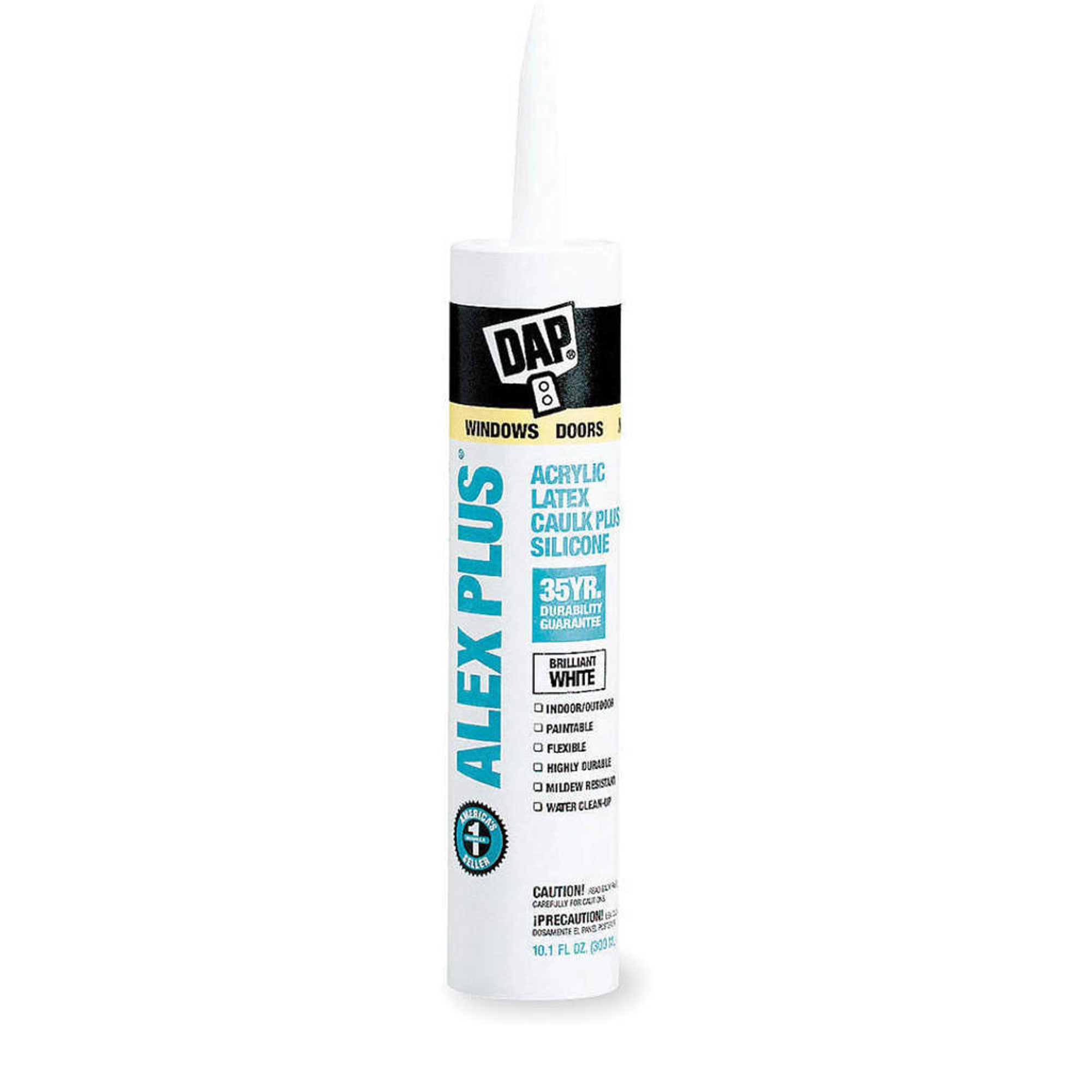
For any problem areas where moisture is entering your home, particularly around windows, this caulk is an affordable and convenient way to provide weatherproof protection, with a 40 year durability.
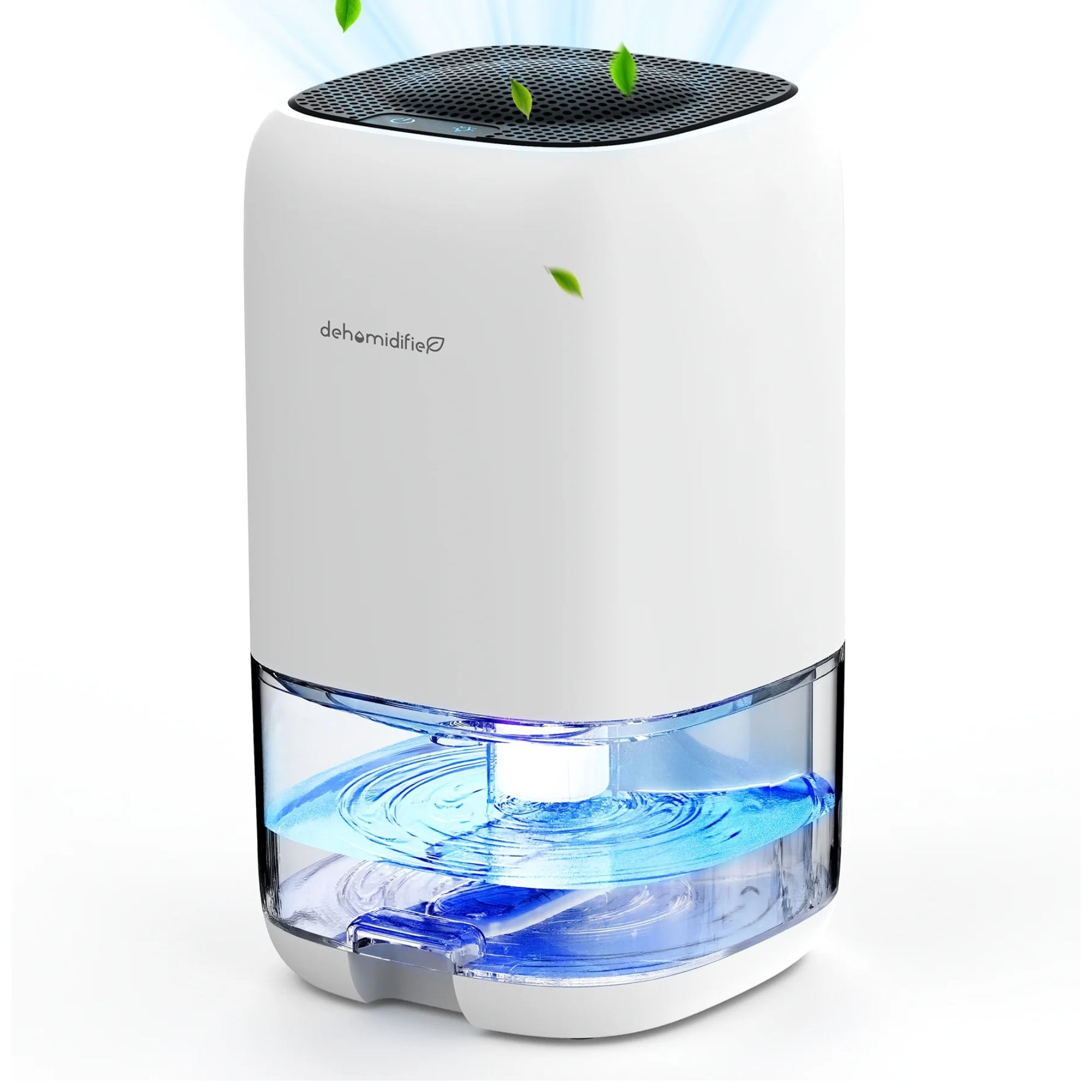
Do dehumidifiers help with mold at home? Put simply, yes, it's one of the most effective ways to deal with it, particularly if you know the best place to put a dehumidifier. This one is compact, portable and highly efficient.
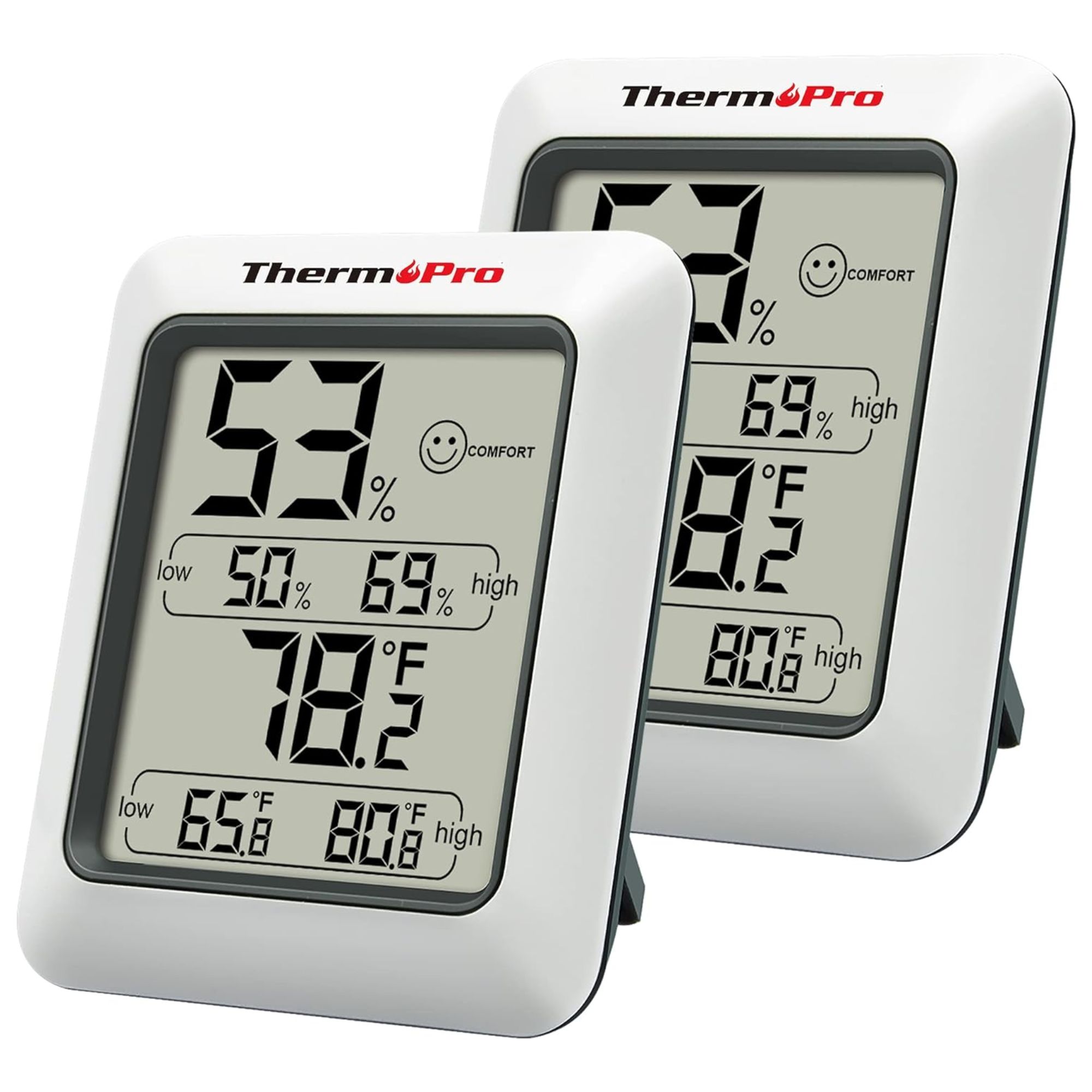
Hygrometers are a great way to keep track of humidity levels within your home. This one provides accurate information, is refreshed every ten minutes, and can be placed on a tabletop, or mounted on a wall.
FAQs
When should you not keep heating at a constant temperature?
While doing so is often beneficial, this method is not advised for homes with poor insulation or an old, inefficient boiler, as the heat won't be retained and the boiler, which already uses large amounts of energy to run, will be overworked.
Instead, to keep a poorly insulated house warm, use window film as an affordable solution to glass insulation, seal drafts, and use heaters strategically around the home. Keep an eye (and ear) out for any signs your boiler needs replacing, and be prepared to call in the professionals if any become apparent.
Experiencing any common thermostat problems? Our expert-led guide breaks down how to fix them fast.
Plus, if you've spotted condensation outside your windows, it might be a warning sign your insulation is failing if it doesn't clear as the weather outside naturally warms up.
Sign up to the Homes & Gardens newsletter
Design expertise in your inbox – from inspiring decorating ideas and beautiful celebrity homes to practical gardening advice and shopping round-ups.

Ottilie joined Homes & Gardens last year, after finishing a Master's in Magazine Journalism at City, University of London. With previous contributions in Livingetc and Motorsport Magazine, she produces content for the Solved section on the website, focusing on clever tips and tricks to keep your home beautiful, organized and clean. She also has an undergraduate degree in English Literature and History of Art from the University of Edinburgh, where she developed a love for inspiring interiors and architecture.
-
 Michelle Monaghan's quiet luxury sofa color will be just as stylish in 100 years – the soft hue promotes calmness in her living room
Michelle Monaghan's quiet luxury sofa color will be just as stylish in 100 years – the soft hue promotes calmness in her living roomAn opulent sofa color, striped cushions, and vintage gold frames create a luxurious feel that invites tranquility into her living room – it's easy to recreate in any space
By Sophie Edwards Published
-
 How to revive old rhododendron plants – pruning advice from a professional gardener to save your struggling shrubs
How to revive old rhododendron plants – pruning advice from a professional gardener to save your struggling shrubsWith the right pruning approach, you can rejuvenate old and woody rhododendrons
By Thomas Rutter Published
-
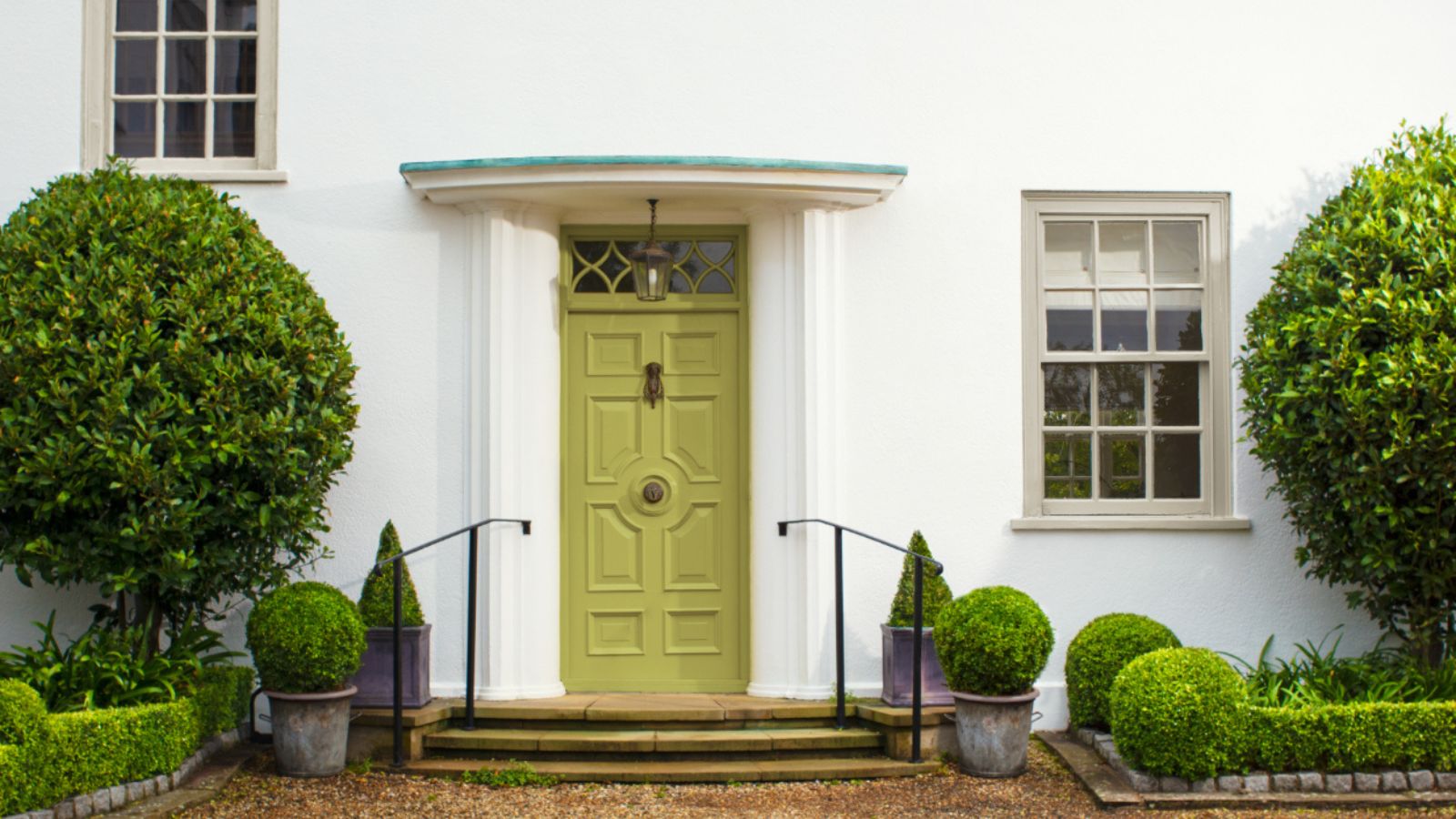 Why does my house feel damp? Experts reveal the 7 common reasons, risks and fixes to apply right now
Why does my house feel damp? Experts reveal the 7 common reasons, risks and fixes to apply right nowIf your house smells musty, there might be underlying damp to sort out
By Sophie Warren-Smith Published
-
 Do you have condensation on the outside of your windows? This simple rule of thumb determines if it's normal, or a sinister warning sign
Do you have condensation on the outside of your windows? This simple rule of thumb determines if it's normal, or a sinister warning signHVAC pros share expert insight
By Ciéra Cree Published
-
 6 ways to prevent mold and damp in bedrooms – expert solutions to maintain a safe sleep environment
6 ways to prevent mold and damp in bedrooms – expert solutions to maintain a safe sleep environmentDon't sleep on these six tips, experts urge
By Seraphina Di Mizzurati Published
-
 HVAC pros reveal 2 'Goldilocks' ranges for the ideal room temperature in bitter winter – it differs from day to night, and room to room
HVAC pros reveal 2 'Goldilocks' ranges for the ideal room temperature in bitter winter – it differs from day to night, and room to roomKeeping rooms at the right temperature is vital for comfort and efficiency
By Ciéra Cree Published
-
 HVAC pros say this is the most efficient heating schedule to keep you warm at home all day – and why automating it is the best move
HVAC pros say this is the most efficient heating schedule to keep you warm at home all day – and why automating it is the best moveThere’s no one-size-fits-all – here’s how to tailor heating to your home
By Chiana Dickson Published
-
 How dust and dirt increases your energy bills – plus 5 ways HVAC pros deal with it to cut costs
How dust and dirt increases your energy bills – plus 5 ways HVAC pros deal with it to cut costsThese cleaning tips could save you hundreds
By Chiana Dickson Published
-
 Is your house heating unevenly? HVAC pros reveal 5 common reasons, plus their top tricks for consistent heating throughout your home
Is your house heating unevenly? HVAC pros reveal 5 common reasons, plus their top tricks for consistent heating throughout your homeEliminate hot and cold spots with these fixes
By Chiana Dickson Published
-
 What is a zoned heating HVAC system? We get the lowdown from the pros
What is a zoned heating HVAC system? We get the lowdown from the prosThis expensive addition could actually save you money
By Sophie Warren-Smith Published